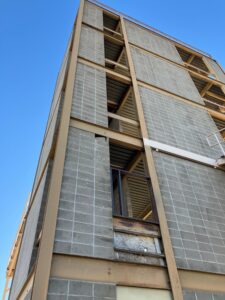Public Safety
Levy Facts
A proposed public safety mill levy and bond were both sent to Great Falls voters in November 2023. 62% of voters were not in favor of the levy while 38% were in favor. The bond vote was much closer, but it also failed to pass. 54% of voters were not in favor of the bond while 46% were in favor.
It’s been more than 50 years since Great Falls voters have passed public safety funding – resulting in a bond that constructed our current four fire stations. Since then (1969), the footprint of our city has grown by 44% and the strain on our public safety system continues to increase. In an effort to preserve tax increases, a public safety levy to increase funding for additional personnel, fundamental resources and equipment, and training has never been passed. But after 50 years, our public safety departments (police, fire, legal, and court) are beginning to see the effects. And so is our community.

Great Falls in 1969: 18 square miles
Great Falls in 2023: 26 square miles
The Great Falls Public Safety Levy would have provided funding to keep the city’s public safety resources running adequately to service our growth.

GFFR’s travel times to emergencies are longer than the national recommended standard.
Longer travel times means Great Falls residents are waiting longer for help to arrive. Every minute counts. Structure fires can double in size within a minute, and one minute could mean the difference between life and death in a medical emergency.
In addition, this issue can result in more expensive homeowners insurance premiums, as the chance of damage to a home increases with longer response times.
The Great Falls Public Safety Levy would have allowed the hiring of additional firefighters and EMS personnel, shortening the time that Great Falls residents wait for help.
Why do we need a Public Safety Levy?
Due to the growth of our city, the natural increase in inflation, and limits on tax revenue funding that are accessible by law, a public safety levy is the only option to provide the needed funding. The Great Falls Public Safety Levy would have cost approximately $280.11 a year for a home with an assessed market value for tax purposes of $200,000 if milled to the maximum. The mills would have provided important funding to allow fire, police, court, and legal services to adequately address the current and growing public safety needs in Great Falls.
How would have the Levy impacted our Public Safety?




What resources would the levy have funded?
24 sworn police officers, including 2 SROs, along with equipment and training, to address rising crime
2 additional 911 dispatchers to enhance resources for emergencies
32 firefighters, safety equipment, and training to increase coverage and response times
8 new court and legal positions and software to improve the efficiencies of our overloaded court and legal system
New equipment and resources to keep our first responders efficient, effective, and safe
